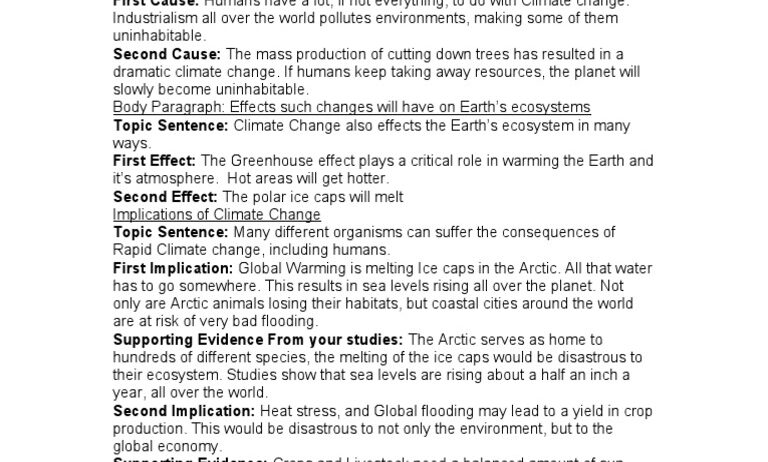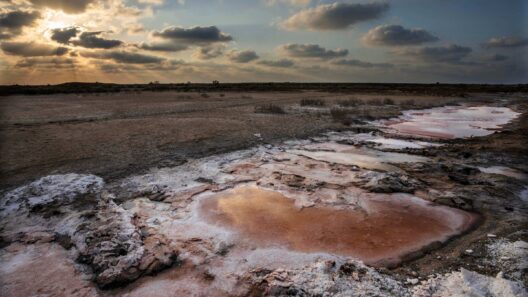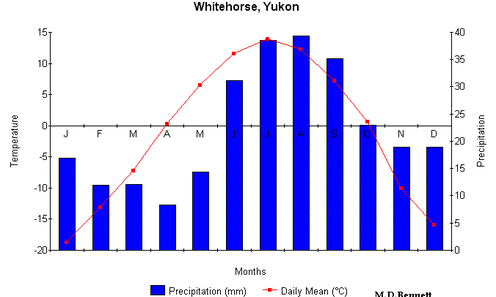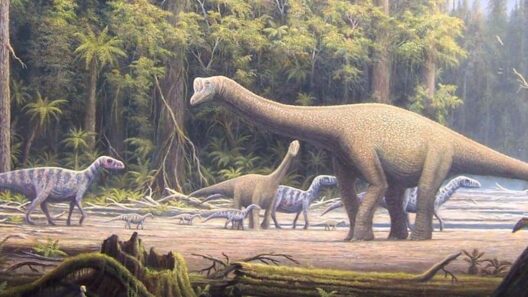Climate encompasses the long-term weather patterns and average conditions in a specific area, shaped by various factors such as geography, altitude, and ocean currents. However, understanding the intricacies of climate can be daunting. To simplify this complex topic, let’s explore what exactly constitutes a climate, examine notable examples across the globe, and delve into the implications of climatic variations.
At the heart of the matter lies the distinction between “weather” and “climate.” Weather refers to short-term atmospheric conditions, fluctuating from hour to hour and day to day. In contrast, climate offers a broader, more stable perspective, typified by average temperature, precipitation levels, and seasonal changes over extended periods—usually 30 years or more. This clarification is essential, as it sets the stage for understanding how climates can manifest differently depending on geographical and temporal contexts.
One apt illustration of climate is the Mediterranean climate, aptly named after the Mediterranean Sea. This climate is characterized by hot, dry summers and mild, wet winters. Prominent regions exhibiting a Mediterranean climate include southern California, parts of Australia, and the coastal areas of the Mediterranean itself. This climate supports a diverse array of vegetation such as olive trees and grapevines, which are well-adapted to survive prolonged dry spells during summer months.
In stark contrast, consider the polar climate, found at the Earth’s poles. Marked by exceedingly low temperatures, long winters, and short, cool summers, this climate supports ecosystems incredibly specialized to cope with frigid conditions. The tundra, for instance, is a biome characteristic of the Arctic and Antarctic regions, where the ground remains perpetually frozen beneath the surface—a phenomenon known as permafrost. This unique environment shapes both flora and fauna, fostering life forms such as caribou and migratory birds that have adapted to thrive in such austere climates.
Among the more temperate zones lies the continental climate, which is typically found in the interior regions of continents. Distinguished by stark seasonal variations, these regions can experience scorching summers and bitterly cold winters. Nations such as Canada and Russia exemplify this climate type. The marked temperature fluctuations within the year can lead to significant ecological consequences, influencing everything from agricultural practices to habitat availability for native wildlife.
Transitioning to another climate type, the tropical climate deserves mention for its lush landscapes and biodiversity. Predominantly located near the Equator, regions exhibiting a tropical climate experience consistently high temperatures and significant precipitation year-round. The Amazon rainforest and the Congo basin are prime examples, showcasing rich ecosystems that harbor an incredible diversity of animal and plant species. This climate’s humidity and warmth foster an environment conducive to rapid decomposition and nutrient cycling, essential for the vibrancy of its ecosystems.
The significance of understanding various climates goes beyond mere academic interest. Recognizing the unique characteristics and challenges posed by different climatic zones is pivotal in addressing the pressing issues linked to climate change. For instance, coastal cities facing a tropical climate are increasingly vulnerable to rising sea levels and extreme weather events. The urgency to adapt and mitigate these challenges has never been more paramount.
Climate change, an indisputable reality fueled by human activities such as industrialization, deforestation, and the burning of fossil fuels, disrupts the delicate balance inherent in these climatic systems. It exemplifies the interconnectivity of our Earth’s systems. Take, for instance, how rising global temperatures can exacerbate conditions in the Mediterranean climate, transforming once-moderate regions into arid landscapes, threatening local agriculture and biodiversity.
This shift transcends geographical boundaries, as the consequences of a changing climate are felt around the globe. For example, countries with a continental climate, already contending with severe temperature swings, may face more frequent and intense winter storms or droughts, drastically impacting food production and economic stability. These situations highlight the pressing need for sustainable practices and climate resilience strategies.
The salience of addressing climate change is not merely confined to environmental rhetoric; it is a clarion call for innovation and adaptation. Communities must pivot their lifestyles, from adopting renewable energy sources to embracing sustainable agriculture. This approach enriches not only individual lives but also galvanizes collective efforts in the face of a mounting global crisis.
Consider the burgeoning realm of green technology, which harnesses innovative solutions aimed at curbing emissions and promoting sustainability. Whether through the utilization of solar panels in sunny regions or wind turbines harnessing coastal gusts, these advancements embody a proactive stance against the pernicious effects of climate change. Transitioning to greener alternatives offers hope, allowing us a glimpse into a future where humans and nature coexist harmoniously.
Educational initiatives aimed at fostering a deeper understanding of climate and its consequences are equally vital. Cultivating awareness about the different climates and their respective vulnerabilities equips individuals with the knowledge necessary to advocate for change and lead initiatives to reduce carbon footprints within their communities. Every effort, no matter how small, contributes to the overarching goal of preserving our planet for future generations.
In conclusion, climate is more than just a backdrop for our day-to-day lives; it is a dynamic system shaped by a multitude of factors. Through understanding various climate types—including Mediterranean, polar, continental, and tropical—and recognizing the profundity of climate change, we can ignite a sense of urgency and responsibility. Armed with knowledge, we are poised to embrace innovative approaches and adapt our lifestyles, ultimately ensuring that we safeguard the delicate balance of our planet’s ecosystems. The time to act is now; for the fate of our climate—and consequently, our future—depends on the choices we make today.








